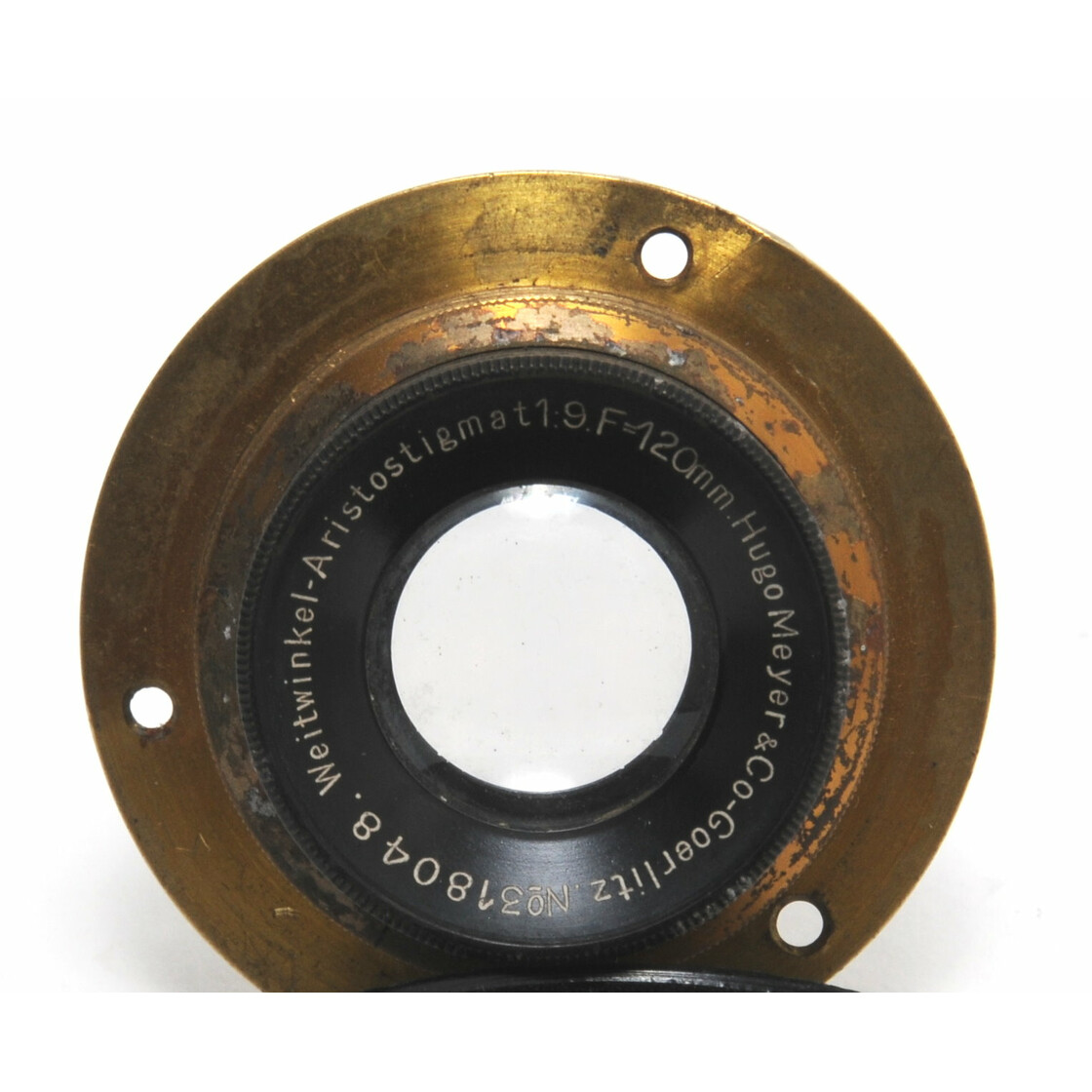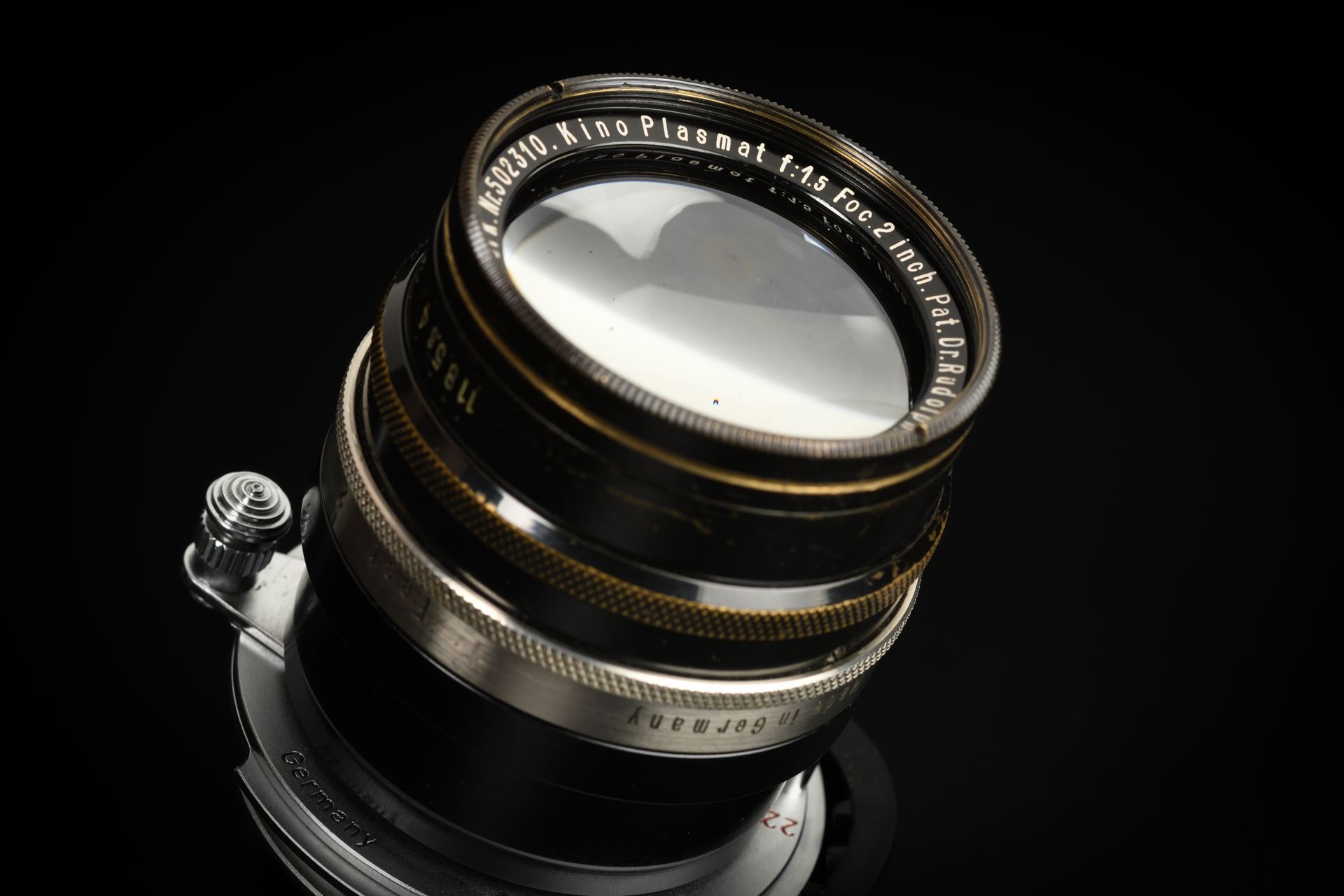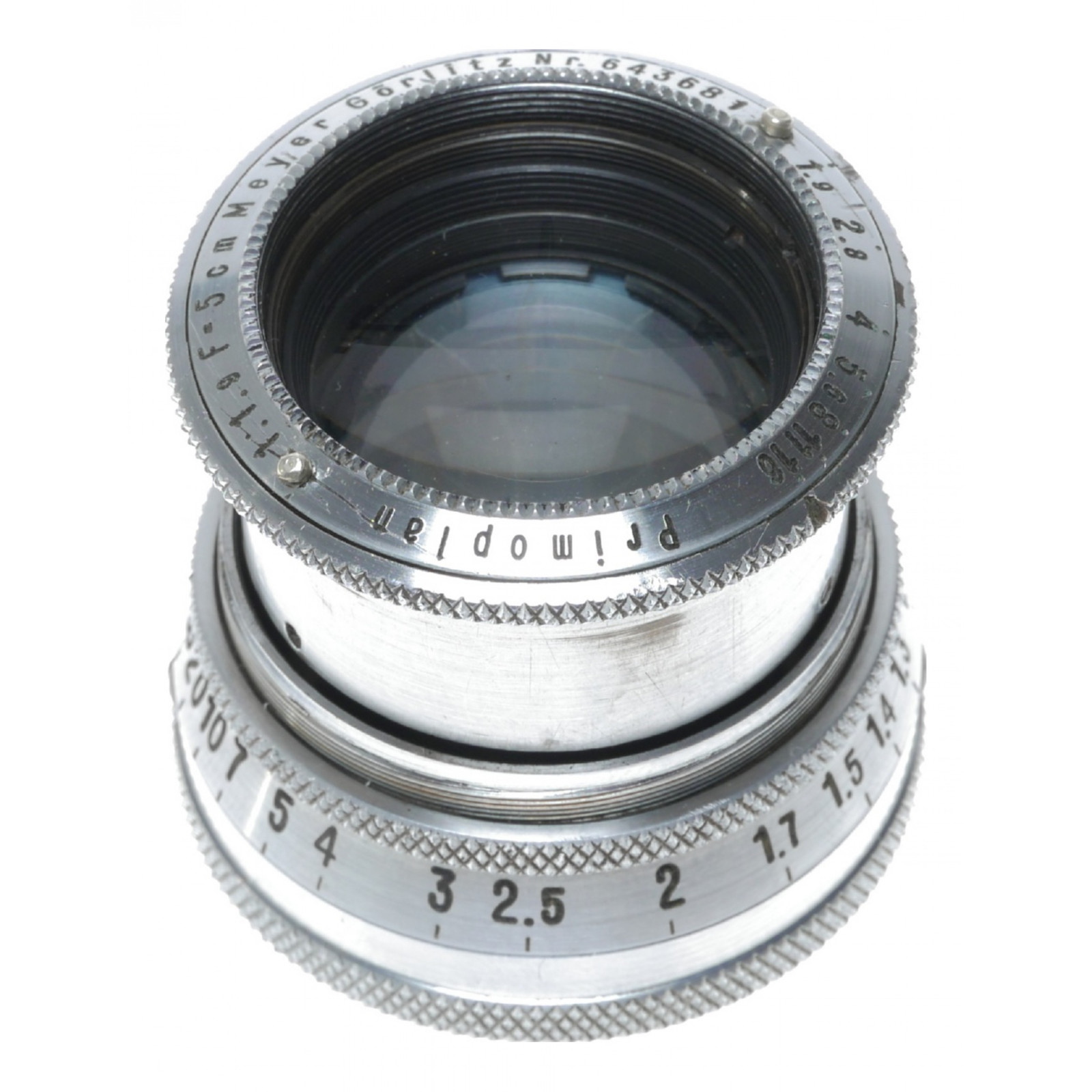


I would be very thankful if you would offer some words about Hugo Meyer lenses generally, and about this 20mm specifically. I like the 20mm on my four thirds format camera. If you have any images, please do post them! I include here a shot of mine to indicate the sort of shooting I do. Kymarto wrote: The Hugo Meyer Kino Plasmats were, I believe, developed in the 1920s by Dr. Rudolph, and were the fastest lenses available at the time at f1.5. They have pretty unique bokeh characteristics. The 15 has a very limited image circle, and so I don't use it much. The 25mm has surprising coverage, filling the APS-C frame at close focusing distances. It does swirl, but not as drastically as the Cooke Kinic (and with a much larger image frame). In addition the swirly part does not degenerate into mush as it does with the Cooke. I really love this lens and will post samples below. I imagine the 20mm would have a more limited image circle. I never got a notification that there had been a response. I wanted to quickly mention - I imagine this will interest you - that the HM 20mm lens has become, for the time being, my favorite lens. One thing about it is that it hardly vignettes at all, even when shooting 4:3 And as you say it tends to distort in the outer areas but very differently - less outrageously I would say - than the Cooke Kinic. I generally shoot 1:1 but have done a good deal or testing at 4:3 (On my late model Olympus 4/3 body). I have a HM 25mm 1.5 and it too is a lovely lens, but for the sort of work I do - street stuff almost exclusively - I really like using a 20mm lens. I bought my HM 20mm at somewhat of a discount and sent it in for CLA not knowing what to expect. Wikimedia Commons has media related to Meyer-Optik.I think I responded to one asking some questions. According to the report, net SE had additionally registered multiple other trademarks for respectable, but defunct, historical companies and was pursuing ways to insulate the new entities one from the other. More recent reports have net SE, the company behind the modern Meyer Optik Görlitz trademark, running what looks very much like an illegal ponzi pyramid scam, with Kickstarter implicitly assisting by tolerating breaches to its terms of service, meant to have restricted exactly this type of event from occurring. That same year, net SE - Globell Deutschland launched a Kickstarter campaign to produce the Trioplan f2.9/50, a special new lens that revived the tradition of a versatile "soap-bubble" bokeh lens. Meyer Optik USA is headquartered in Atlanta, GA. In May 2015, net SE created a new subsidiary, Meyer Optik USA Inc., to distribute Meyer-Optik-Görlitz brands in the United States. In 2014, net SE, a publicly listed company (NETK) founded in 1997, working with the brand manager Globell B.V., exhibited new lenses under the Meyer-Optik-Görlitz name at the Photokina trade fair and began delivering the lenses in December of the same year. However, despite privatization efforts, the company was unable to attract investors and was liquidated shortly after. In 1990, Feinoptische Werk Görlitz was spun off from VEB Carl Zeiss and converted into a private limited company and started to produce lenses with the Meyer-Optik logo. Many products were discontinued in favor of competing models produced by Carl Zeiss, while the equipment required to produce high-quality zoom lenses could not be procured. After being integrated into the VEB Pentacon and VEB Carl Zeiss collectives, the Meyer-Optik name was no longer inscribed on lenses after 1971.

In the post-war era, the company produced mainly Trioplan triplets, usually for viewfinder cameras produced by Dresden-based camera manufacturers Welta, Balda, Beier, and Altissa. During World War II, civilian production discontinued and mainly optical components for telescopes were produced.Īfter the war, the company was expropriated from the Saxony armaments industry and management under the name VEB Optisch-Feinmechanische Werke Görlitz. In 1936, the company was renamed Optische und Feinmechanische Werke Hugo Meyer & Co and produced approximately 100,000 lenses a year. Rudolph also gave Meyer Optik access to his patent for the so-called Plasmat lenses, which at the time included one of the most powerful lenses in the world. Studio camera "Görlitz" Germany, 1930's, National Polytechnic Museum in SofiaĪ key business decision was made in 1920 when the company decided to work with former Zeiss developer Paul Rudolph, who was previously significantly involved in the success of the Protar, Planar and Tessar lenses.


 0 kommentar(er)
0 kommentar(er)
